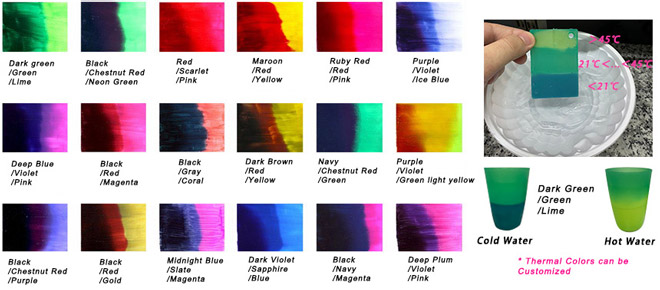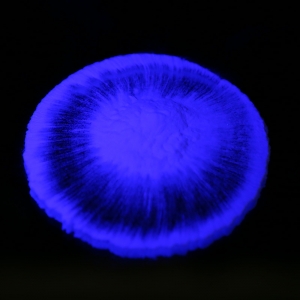
Fornitore di pigmenti in polvere bagliore fosforescente di alluminato di stronzio viola
Il pigmento fosforescente viola iSuoChem®, una specie di polvere di accumulo di energia, è certificato da SGS, ISO17514, DIN67510 Parte 1-4.
Read More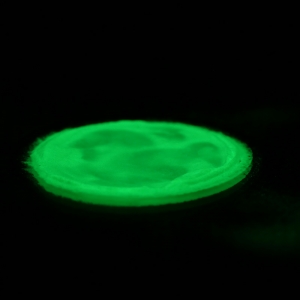
pigmento luminescente di colorazione verde fluorescente dt
accumulo di energia in polvere, isuochem & reg; il pigmento luminoso si illumina al buio dopo aver assorbito la luce visibile diversa e può riutilizzarlo ripetutamente. certificati di sgs, iso17514, din67510 parte 1-4 sono disponibili.
Read MorePigmento fotoluminescente in ceramica blu-verde che si illumina al buio
iSuoChem® Il pigmento fotoluminescente fluorescente si illumina di colore blu-verde al buio dopo aver assorbito luce visibile diversa e può essere riutilizzato ripetutamente.
Read More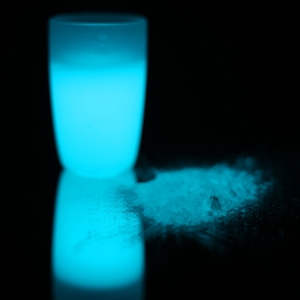
L'alluminato di stronzio blu-verde all'ingrosso si illumina nella polvere scura
iSuoChem® glow in the dark polvere emette luce blu-verde al buio dopo aver assorbito luce visibile diversa e può essere riutilizzata ripetutamente.
Read MoreProduttore di pigmenti perla bianca argento a base di mica rutilo fine
Registrazione REACH, SGS, certificazione ISO, basso contenuto di metalli pesanti, consistenza del colore minima del 95%, test della dimensione delle particelle Malvern, test del colore e della luminosità X-RITE, test QUV, per garantire una buona qualità del pigmento perlescente.
Read More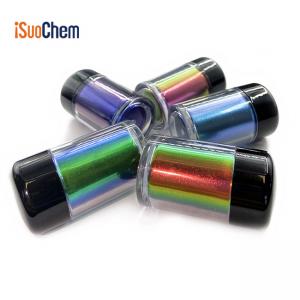
Pigmento multicolore iSuoChem rifrattivo che cambia colore in metallo
I pigmenti multicromatici iSuoChem® sono un tipo speciale di pigmento che ha la proprietà di cambiare colore al variare della luce.
Read More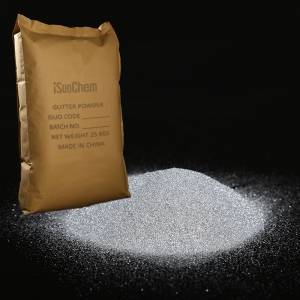
Polvere glitter sfusa Hexagon Sparkling argento
iSuoChem® YS1001 Polvere glitter argento scintillante è conforme a SGS, REACH, OEKO-TEXT Standard 100, formaldeide libera, bisfenolo A libero, resistente ai solventi, resistente alle alte temperature, colori alla moda, varie polveri glitter a scelta.
Read More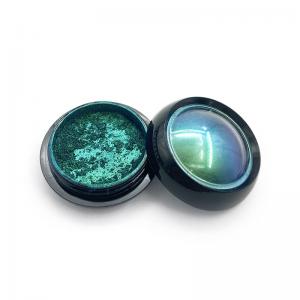
Pigmento di collegamento ottico modificabile ad alta intensità di colore viola/martin pescatore/blu
iSuoChem® HC17 Security Pigment è un tipo di pigmento lnk ottico modificabile (OCIP) , pigmento otticamente variabile (OVP) e pigmento magnetico otticamente variabile (OVMP) .
Read More





 +86 13965049124
+86 13965049124
 italiano
italiano  English
English français
français русский
русский español
español português
português العربية
العربية 한국의
한국의 ไทย
ไทย Tiếng Việt
Tiếng Việt